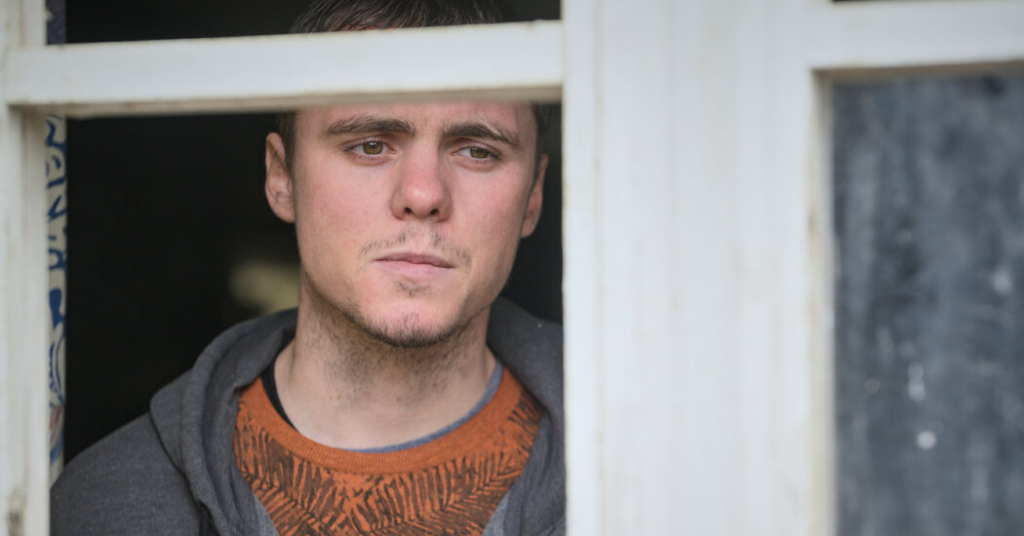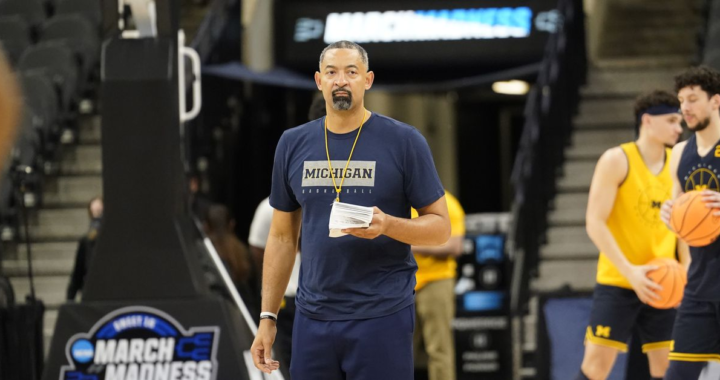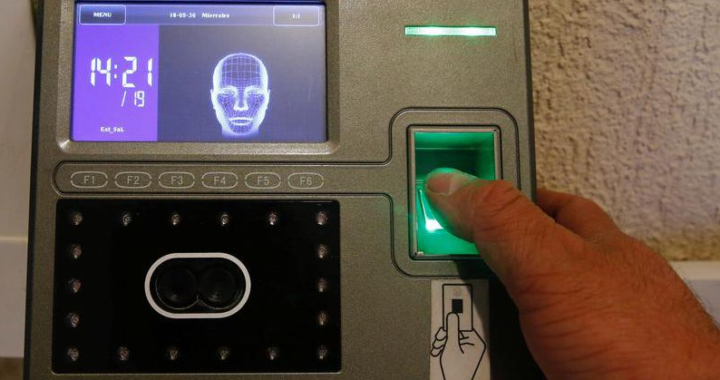In ‘Gangs of London,’ the Method Behind the Madness
5 min read
The kinetic crime series “Gangs of London,” currently airing on AMC, is a pulpy video game adaptation that follows a chaotic gang war that begins after the mysterious killing of the mob boss Finn Wallace (Colm Meaney). The major players include Finn’s vindictive son Sean (Joe Cole), the macho Welsh gangster Kinney Edwards (Mark Lewis Jones) and Kinney’s petulant son Darren (Aled ap Steffan). In the first episode, Darren kills Finn at the request of an unidentified rival. (Not even Darren knows who it is.)
The other key components of the series, which premiered in Britain last year, are brutal, dynamic fight scenes that bear the unmistakable signature of Gareth Evans, who created the series with the writer and cinematographer Matt Flannery. Evans, a Welsh filmmaker, is known for his electric action sequences, and the set pieces in “Gangs of London” stand out for their visceral impact, sophisticated choreography and extreme violence.
One of the most striking examples came in Sunday’s episode, which concluded with a nervy 24-minute sequence in which a team of mercenaries storm a safehouse amid a barrage of gunfire, explosions and bloody carnage.
“When it came to Episode 5, we agreed that every death should be a tragedy,” Evans said in a recent Zoom interview. “Almost every single person gets killed, but there’s grief associated with that.”
Evans is best known for having directed the influential 2011 Indonesian martial arts thriller “The Raid: Redemption” and its thrilling 2014 sequel “The Raid 2: Berandal.” Sunday’s episode of “Gangs of London” is one of three he directed; he also co-wrote the scripts for the show’s first and second episodes and co-designed the action scenes for Episodes 2 and 3 with Flannery, his regular cinematographer.
“Good action should tell you things about your characters” Evans said. “An action scene has to change [the characters] or the world around them, and the scene itself should tell a story.”
To illustrate his philosophy, Evans broke down the safehouse sequence, which he shot over 14 days in Pencoed, Wales, in a cottage that the production designer Tom Pearce designed for the show. The cottage’s set was divided into three different structures, which stood in for three separate sections of Evie’s house: the ground floor, upstairs and exterior roof.
Spoilers follow. Click the links to watch the sequences on YouTube, but note that they include extremely graphic violent imagery.
Watch the scene
Once the balaclava-clad Danes find Evie’s cottage, they immediately gun down her adopted children, none of whom are armed. In this way, the scene indirectly focuses on Evie and the loss of her children.
“We wanted to show Evie lost in her grief, then erupt with emotion and take the fight back,” Evans said.
Evans and Flannery worked with 27 stuntmen, including the stunt coordinator Jude Poyer, to ensure that viewers “feel the danger of those bullets, the danger of every impact,” Evans said. “Everything has to feel like it’s a real fight with real consequences.”
Evans pointed to a “heroic moment” at the end of this first clip: Liam (Samuel Mak), one of Evie’s adopted children, sacrifices himself in order to lower bulletproof metal plates over the cottage’s windows, shielding the others from incoming gunfire.
All the deaths in the sequence “are painful for someone,” Evans said, “whether it’s the bad guys who are attacking the good guys’ house, or the good guys who’re trying to fend off the bad guys.”
Evans and his team, including Pearce, Poyer and the assistant director Liam Lock — use storyboards to “pre-visualize” (or “pre-viz”) where to put their cameras and what they will show viewers. This allows them to tell the actors what exactly they will film and when. Evans said that moviegoers are also more likely to be impressed if action filmmakers “stick to the pre-viz” that their stunt coordinators mapped out with them, citing recent work by the directors Sam Hargrave (“Extraction”), David Leitch (“Atomic Blonde,” the first “John Wick”) and Chad Stahelski (all three “John Wick” movies).
Bullet holes and the rhythm of action
Watch the scene
At the start of this clip, Danish gunmen invade the upstairs loft and shoot Mal and Evie’s adopted son, Musa (Jordan Peters). Evans and his crew used air compressors to shower balsa wood debris all over various targets, which tells the performers what their characters’ gunshots are supposed to be hitting within the scene. For weaponry, Evans used a combination of real guns loaded with blanks and lighter rubber prop guns, which are better for scenes that involve more running or jumping.
The sound designers (from Bang Post Production in Cardiff) adjusted the sounds of the gunfire so that it has a “rhythm and timing,” Evans said, which he likens to a musical time signature. Knowing how the guns are supposed to sound helps Evans and the visual effects designer Andi Novianto decide how much blood and how many bullet holes and explosions they should add to the footage during postproduction.
Novianto and his team of effects artists at Claystudio in Indonesia (as well as the London-based Dupe VFX) added computer-generated bullet holes throughout this scene. Evans singled out a shot at the start of this sequence in which Mal slumps against a wall separating him from the invaders. Richard Harrington, the actor, inadvertently flinched while filming the scene, which inspired Novianto to add a computer-generated bullet impact after this sequence was shot.
The horror of violence
Watch the scene
Mal’s final act is to throw a grenade at a group of Danes who are trying to break into the house. That explosion detonates a more powerful bomb that the mercenaries planted on the front door, vaporizing two of the them, including Ulrik (Andrew Laithwaite).
Ulrik’s last moments are designed to resonate with viewers beyond the superficial shock value. Throughout this episode, Tove and Ulrik are shown to have a romantic relationship. His terror and her grief, as they exchange a fraught final glance, are meant to give the extreme violence emotional weight, Evans said.
Evans has started watching action and horror movies with his children, a boy and a girl (he declined to give their names or ages). He was thrilled to see his daughter become excited by “the sort of movies that I used to watch at her age,” he said, like the 2018 horror movie “A Quiet Place.”
At the same time, Evans might turn off a violent action movie if he thinks his son can’t “understand the consequences of what’s being shown to him.”
“I’m nervous about my kids seeing action without emotional consequences,” Evans added. “Especially in a movie that might be rated PG-13, but just because it doesn’t show much blood. That, to me, is more risky than watching an action movie where you’re aware of the characters’ pain and suffering.”








